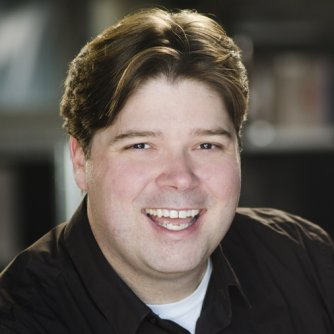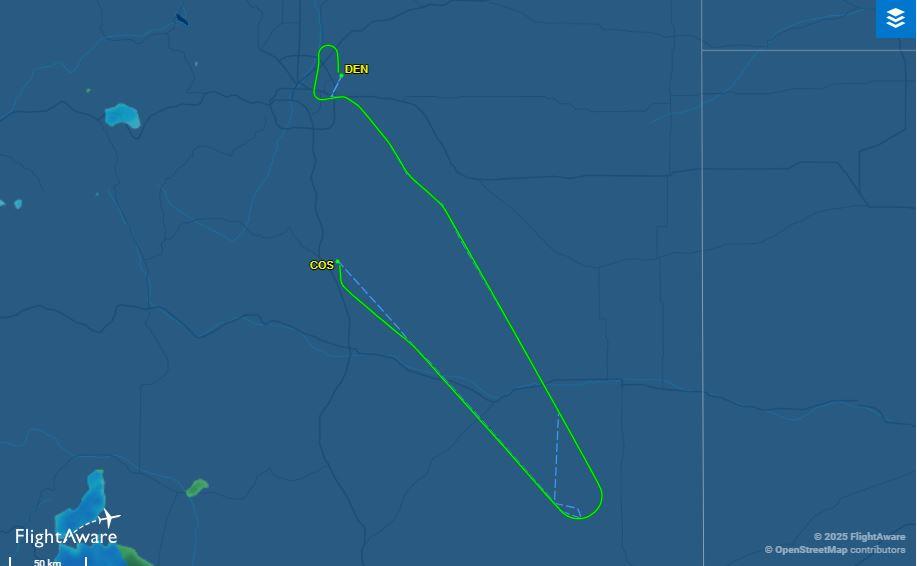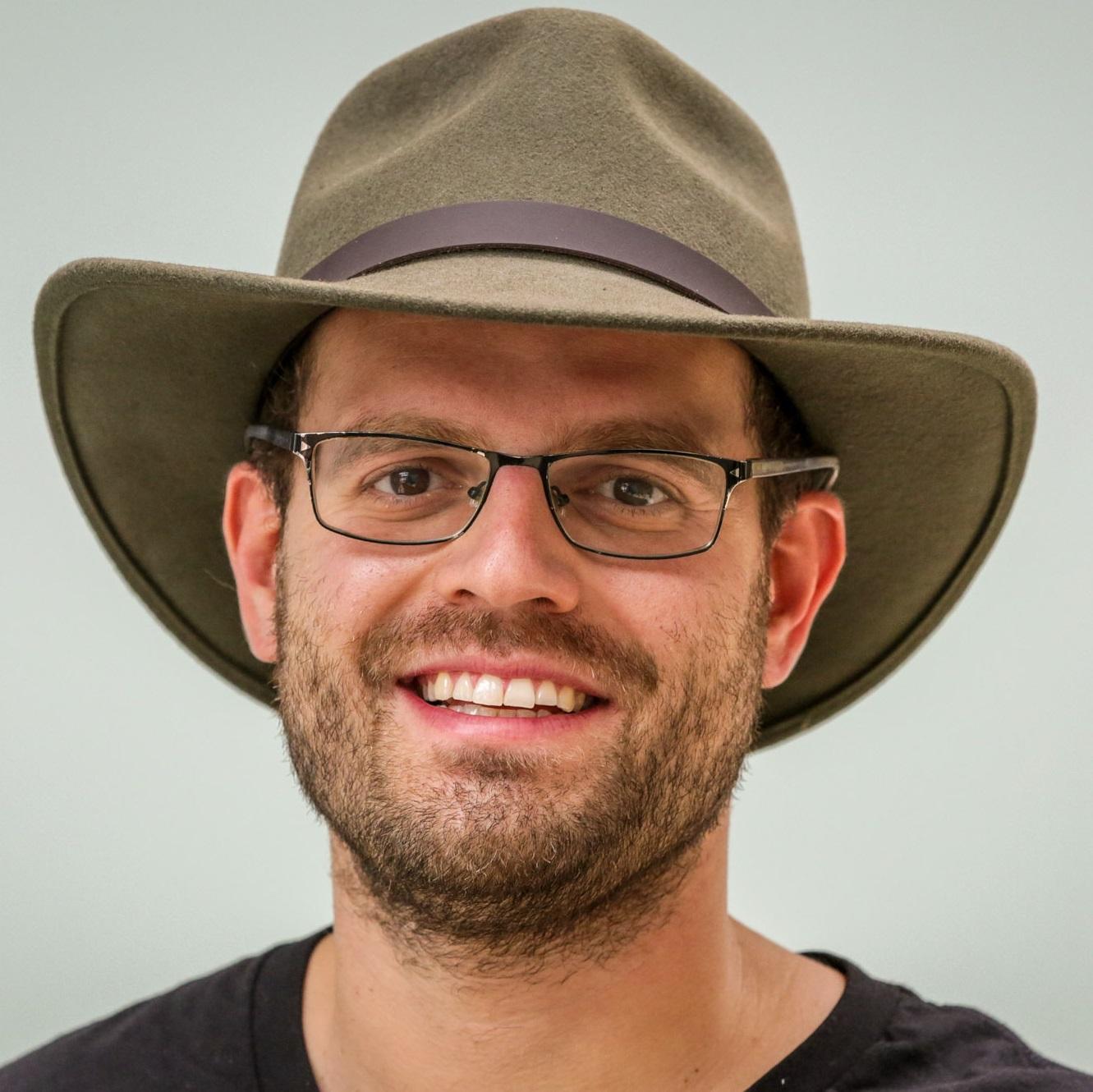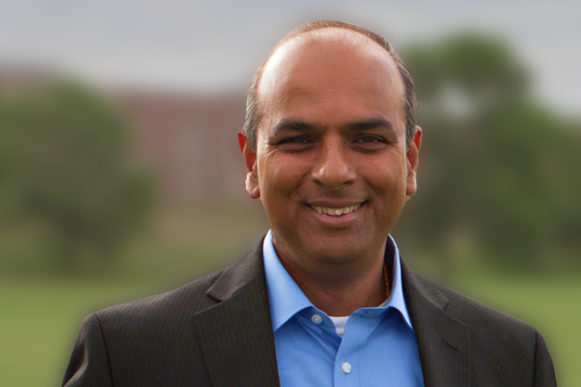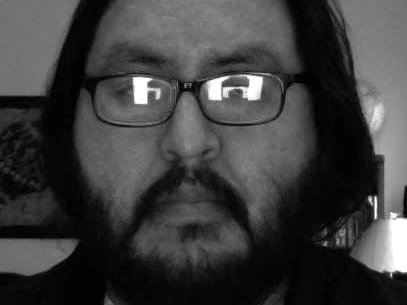
Most contemporary composers rarely hear their music performed live and often have no control over how it's presented in concert. Composer & Curator asks an artist to design a dream program around a piece they've written and explain their selections.
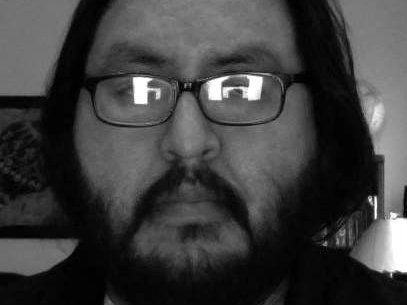
from the New York Times -- built a program around his string quartet piece "The Forest at Dawn," composed during a residency in the La Plata mountains of southwest Colorado.
Becenti said: "In my own piece I attempted to present a narrative about light and shadow, not only in a literal sense but also in a metaphorical sense -- a struggle to produce, to continue living, to provide, to feel confident -- and hopefully a return to the light, so to speak. As a self-taught composer whose goal is to try and create something beautiful I sense and am deeply moved by the sheer effort I hear in the work of these composers I've selected. Besides being wonderfully beautiful narrative music, this is also a music of determination and assured artistry."
Juantio Becenti, "The Forest at Dawn" for string quartet
The ideas for this piece were conceived at a residency in the La Plata Mountains in Montezuma County, Colo., in a remote historical National Park Service ranger station, during which I sometimes found myself awaiting dawn in the all-enveloping darkness.
The idea of a descent into darkness before the return of the light stuck with me and as a conceptual image grew slowly in my mind. This piece is primarily concerned with light, and like the light that casts longer and longer shadows, this music is deliberately paced to try and mimic this movement.
This piece was commissioned by and recorded at the Moab Music Festival on Sept. 1, 2013.
Dmitri Shostakovich, String Quartet No. 11 in F minor
I first heard musical dissonance on a large scale when I was 17 after I bought a recording of the entire cycle of Shostakovich string quartets. The music grabbed me in a way that nothing had before and I began to listen, bewilderedly, to this amazing music.
Like my piece, this quartet is written as one continuous movement of varying sections which work together as a whole. I am deeply inspired by this music. It works as a precise narrative, bringing a whole range of musical styles together as one work.
Ruth Crawford Seeger, String Quartet, third movement
What interests me the most about this music is the extremely organic nature of its writing. From a single tone it gradually grows, adding more tones. It builds tension as it moves between dynamic and register extremes until the texture collapses into dense, violent counterpoint, then retreats back into the original textures. I am very aware of and impressed by the patience required to conceive of such a powerful and effective concept.
Toru Takemitsu, "A Way a Lone II" for string orchestra
This work has always struck me as elegant and highly meditative. Though the construction of the music is evidently quite complex (most of it is beyond me) I find the act of listening to this music highly rewarding. Emotionally it's very passionate and even volatile.
Claude Debussy, "La cathédrale engloutie" (The sunken cathedral)
This music got me quite interested in modal music as I was trying to adapt new ways of writing. It was a welcome break from traditional "classical" music and the more dissonant music I was wading in. I find the texture very beautiful and the imagery it conjures very evocative. It has been a model for my own attempts to use imagery in music effectively.
Charles Ives, "The Unanswered Question"
I consider Charles Ives my favorite composer because he represents for me a unification of the various musical ideas I have been inspired by throughout my life— my primary influences being Beethoven, Shostakovich, and Ives.
Beethoven (whom I listened to earnestly as a child), for me, represented form and the strength that it provides. Shostakovich, with his dissonance, represented a lyricism and a sort of sensualism in music that I didn't find in earlier music. Ives in my opinion transcended those qualities and for me unified them. I have always considered myself an intuitive composer and Ives seemed to draw his music from that same source. I believe as an artist and composer I will continue to draw my work from that source, as Ives did, trusting intuition above all else.
Ludwig van Beethoven, String Quartet No. 13 in B-flat major, fifth movement, "Cavatina"
This piece of music is one of the most sorrowful and beautiful I've ever heard. The pacing is aching and wonderful, and it drips with emotion. When I began to think of sorrow in my piece, my mind came to this music. Though sorrowful in nature this is music of enormous strength and courage. I hope as I move forward in my own music making I will in some small way display this same courage.
Juantio Becenti's work has been performed at the University of Colorado's Conference on World Affairs in Boulder; the Moab Music Festival; and the Native American Music Festival in Tsalie, Ariz. The New York Times praised his vocal piece "The Obsidian Morning," which made its debut Feb. 3 at the New York Festival of Song series.
Becenti received a grant from the First Nations Composers Initiative to create original music for the film "Two Sprits," a documentary about the life and murder of Fred Martinez, a transgendered teenager. Recently his Divertimento No. 4 for Piano Quartet was awarded funding by New Music USA and premiered at the 2014 Moab Music Festival. He lives in Aneth, Utah.
